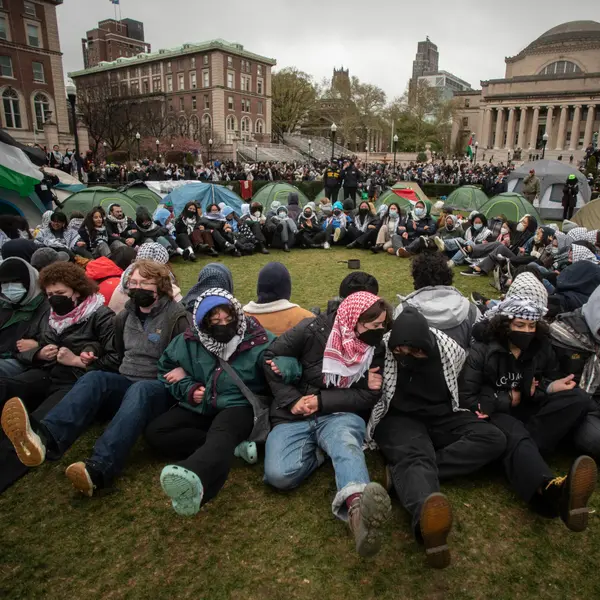Although many of us have been taught that all plants are good for the planet, some cause damage to our ecosystems. These plants are called invasive species. Invasive species are any type of living organism that is not native to an ecosystem. Unfortunately, buckthorn is one of the worst invasive species in America. Originally native to Eurasia, Buckthorn was introduced to North America in the 1880s and was used for hedgerow purposes. Since then, Buckthorn has been taking over forests across the continent, out-competing other native plants with its dense leaves and ability to grow quickly, which degrades wildlife habitats. Not only that, buckthorn poisons the soil by implementing higher nitrogen levels which is the exact type of soil that weeds like to grow in. The lack of native plants causes the soil to be less absorptive and can lead to problems of erosion.
With the help of Mr. Kyle Haines, LFA’s Grounds Manager, LFA became aware of the buckthorn issue that our campus was facing. He stated, “Given my background in plant and soil sciences, and experience with buckthorn eradication at previous tenures, I have been aware of the negative impacts the invasive species has been creating in our area over a short period.”
Putting those ideas into action, Haines said, “The spring of 2021, I was approached by a restoration ecologist from Lake County Forest Preserves District who informed me about a grant program they had in place from the National Fish and Wildlife Foundation called the Chi-Cal Rivers Fund. This grant opportunity funded the vitality of the Chicago and Calumet River Watersheds; including buckthorn removal work.”
Since LFA is next to the Middle Fork Savannah, in which the Chicago River runs, LFA was able to use some of the grant money to fund the process of clearing out the invasive buckthorn across campus. The first year this initiative began, Haines and his team cleared the areas on Academy Drive and Faculty Circle. This year, the academy has cleared near the baseball fields and Wood House, along with the sections in between the turf fields and Warner.
Not only that, Haines has been communicating with those living in Academy Woods, devising plans to assist them with invasive species removal and restoration work. He has goals of continuing to get Academy Woods involved while also finding ways to involve the LFA community in taking action.
In conclusion, the buckthorn removal and habitat restoration that Haines has been leading on campus is a major milestone in LFA’s commitment to environmental conservation and one worth continuing to focus on. Buckthorn along with other invasive species can severely damage ecosystems across the country and making the effort to mitigate these effects is crucial. LFA’s commitment to taking this environmental action has not only set an example for its community members but also for other institutions surrounding us to make the same change!







